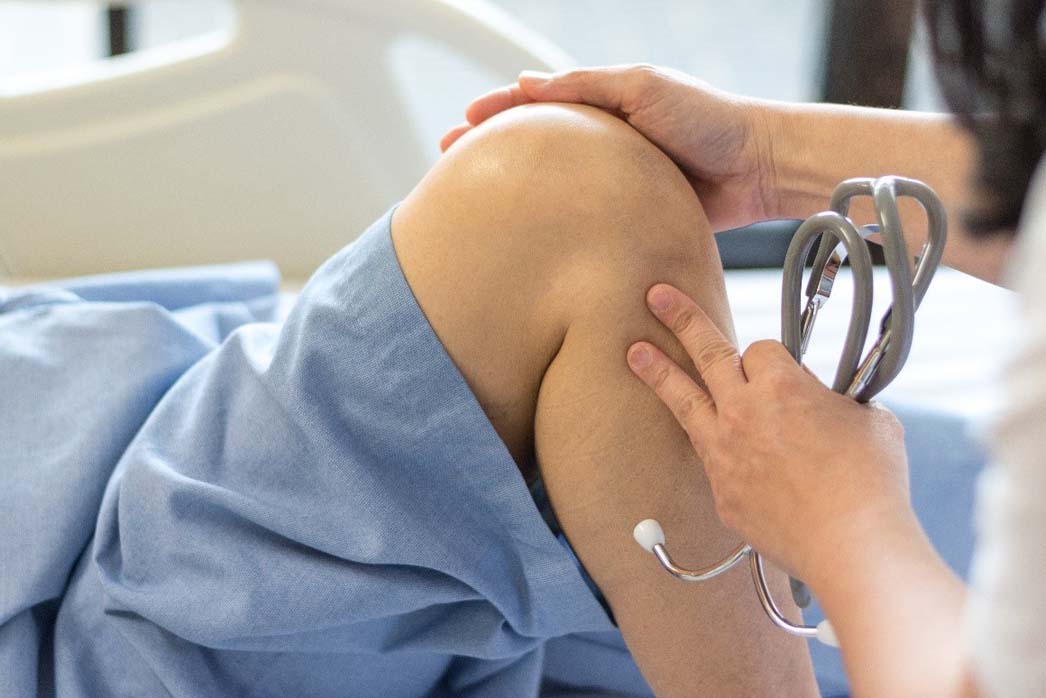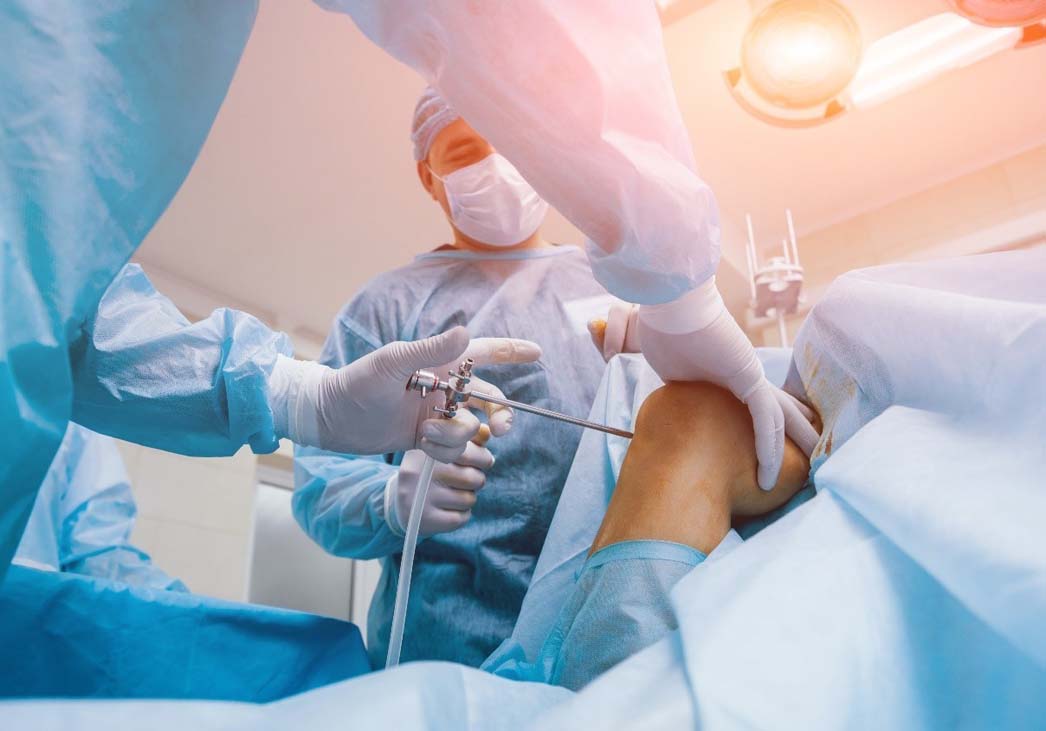What can you do to treat knee cartilage pain? There are a number of surgical knee cartilage repair options available that you and your doctor will consider. Read on for a primer on available treatments that could get you back on your feet.

CHONDROPLASTY
Also called “debridement and lavage,” a chondroplasty is a knee repair procedure to treat a small area of damaged cartilage and is an effective option in cases of mild to moderate cartilage wear. During a chondroplasty, the doctor removes loose, damaged cartilage and then cleans the area with sterile water. While a chondroplasty may offer temporary relief for your knee cartilage pain, this procedure does not repair the cartilage lesion and may not be effective in the long run.

OSTEOCHONDRAL ALLOGRAFT
An osteochondral allograft (OCA) is a technique to address medium to large lesions (4 cm2 – 10 cm2) with bone involvement. The procedure entails inserting healthy pieces of both cartilage and bone tissue sourced from a cadaver into damaged areas of the patient's knee. It’s important to keep in mind these cartilage implants are limited by the availability of donor tissue. Also, patients have a short, 28-day window to implant the donor tissue after it becomes available, which can serve as a disadvantage for patients who need to plan ahead. This procedure also poses a risk of disease transmission from donor graft to patient.
OSTEOCHONDRAL AUTOGRAFT
An osteochondral autograft (OATS) procedure, generally treats smaller lesions than an allograft at 1.5cm2 – 4 cm2. Rather than using donor tissue, the plugs are harvested from other healthy, non-weight bearing areas of the patient’s own knee. The autograph tissue can be stronger than cadaver tissue that has been sterilized. The technique is limited by the amount of available donor tissue in the joint. Also, the procedure can potentially cause damage to the healthy donor site.
MARROW STIMULATION REPAIRS
Bone marrow stimulation is a category that includes microfracture, abrasion arthroplasty and subchondral drilling. Microfracture is the most common of these procedures, and is a frequently used to treat small, isolated, articular cartilage defects of the knee. During a microfracture, several holes are drilled into the subchondral bone just beneath the cartilage. Blood and bone marrow cells seep out of small holes drilled into the bone, creating a blood clot that forms repair tissue. The tissue formed here is called fibrocartilage, which may influence the durability of the knee repair. Fibrocartilage is superior to no cartilage, but it’s not true, articular, hyaline-type cartilage. Fibrocartilage is stiffer than articular hyaline cartilage, which means it does not offer the same shock absorption and force distributions as seen in normal hyaline cartilage.
MACI
The MACI procedure is the third generation of autologous chondrocyte implantation (ACI) used to treat cartilage defects of the lateral femoral condyle, the medial femoral condyle, the patella, and the trochlea. It is not known whether MACI is effective in joints other than the knee. It is not known whether MACI is safe or effective in patients over the age of 55 years. The tissue created has properties similar to hyaline articular cartilage. It is a cutting-edge procedure that uses a patient’s own cells to create durable repair tissue for knee cartilage damage. During the first stage of the procedure, a surgeon conducts an arthroscopy, gathering a biopsy of knee cartilage. This tissue is sent to an FDA-licensed lab where we replicate the cells to form new cartilage tissue that is later implanted into a patient’s knee to heal knee cartilage damage.
Common side effects include joint pain, tendonitis, back pain, joint swelling, and joint effusion.
More serious side effects include joint pain, cartilage or meniscus injury, treatment failure, and osteoarthritis.
Find more on how MACI is different from previous generations of ACI here.
Unsure which treatment option is right for you? Talk with your doctor about your specific goals.
Please see below for full indication and ISI. Blog posts are intended to provide educational information. Always talk to your doctor with any questions.
1. Saris D, Price A, Widuchowski W, et al. for the SUMMIT study group. Matrix-applied characterized autologous cultured chondrocytes versus microfracture: two-year follow-up of a prospective randomized trial. Am J Sports Med. 2014;42:1384-1394.
2. Brittberg M, Recker D, Ilgenfritz J, Saris D. SUMMIT Extension Study Group. Matrix-applied characterized autologous cultured chondrocytes versus microfracture: Five-year follow-up of a prospective randomized trial. Am J Sports Med. 2018;46(6):1343-1351.


